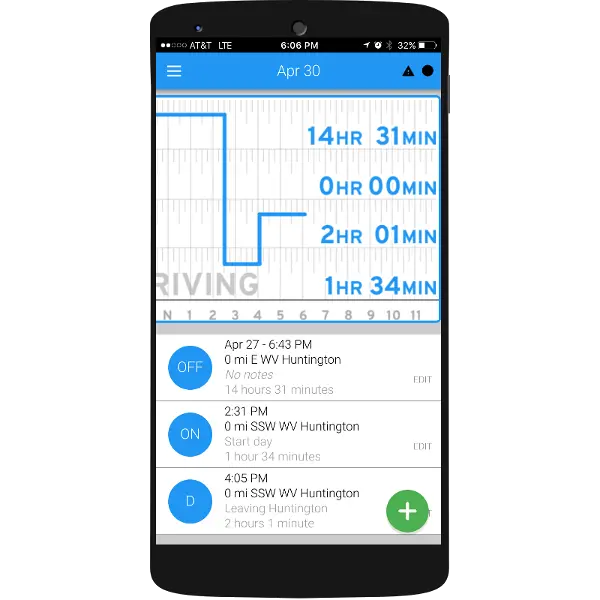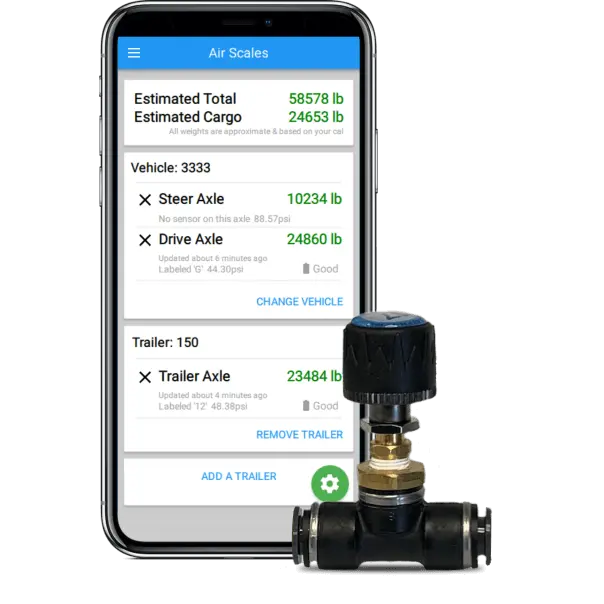 The FMCSA has proposed to make big changes to its Safety Measurement System (SMS), which includes changes in how the CSA score is calculated. These changes are important for carriers and drivers to understand so that they can ensure compliance and maintain safety standards.
The FMCSA has proposed to make big changes to its Safety Measurement System (SMS), which includes changes in how the CSA score is calculated. These changes are important for carriers and drivers to understand so that they can ensure compliance and maintain safety standards.
Let's delve into what these changes are, what they mean, and how they could affect your CSA score if implemented.
1. Changes to BASICs
The 7 BASICs prior to the changes are as follows:
- Unsafe Driving
- Crash Indicator
- Hours of Service Compliance
- Vehicle Maintenance
- Controlled Substances & Alcohol
- Hazardous Materials Compliance
- Driver Fitness
After the SMS changes, the BASICs will be renamed to "Safety Categories."
The Controlled Substances & Alcohol category will no longer be its own category and will instead be part of the updated Unsafe Driving category.
The Unsafe Driving category will also include all OOS (Out of Service) violations. The Vehicle Maintenance category will be separated into two.
The new, updated Vehicle Maintenance category will now only consist of violations that can be identified by a mechanic or an inspector in a Level 1 inspection.
The new Vehicle Maintenance (Driver Observed) category will only consist of violations that can be reasonably observed by a driver or in a Level 2 inspection.
The proposed 7 "Safety Categories" are:
- Unsafe Driving
- Crash Indicator
- Hours of Service Compliance
- Vehicle Maintenance
- Vehicle Maintenance (Driver Observed)
- Hazardous Materials Compliance
- Driver Fitness
In terms of CSA scores, this will simply mean that there will be a few changes to which violations will contribute to which score.
2. Changes to Roadside Violations
Prior to the changes to the SMS, there were 959 different violations that a carrier could be cited for. Following the changes, the violations will be grouped into 116 different violation groups.
With this change, all violations found during an inspection that are in the same violation group will only count as one violation.
This change will soften the impact on a carrier's CSA scores, as multiple violations attributed to a single underlying problem will now be consolidated into a more generalized violation, reducing the overall penalty.
3. Changes to Severity Weights
Violations have historically been weighted on a scale of 1-10. Following the SMS changes, however, a violation will be rated with either a 1 or a 2.
The severity weight will be determined by the type of violations cited. OOS violations will always be a 2 unless it is in the Unsafe Driving category. Driver Disqualifying violations in the Unsafe Driving category will also receive a 2.
If neither of these apply to the violation, then it will receive a 1.
These changes will make carriers' CSA scores more accurately reflect whether or not it actually needs intervention or a DOT audit.
4. Changes to Intervention Thresholds
The intervention threshold is what your CSA score needs to be in order to receive an intervention. The threshold depends on which category the CSA score is in.
- The new Vehicle Maintenance categories will have the same thresholds as the old version
- The Driver Fitness category's thresholds will be raised by 10% for each type of carrier.
- HazMat thresholds will be raised by 10% for all carrier types
5. Changes to Percentile Shifts
Percentiles will be calculated based on the exact number of inspections and incidents.
This way, low-risk carriers will not be misidentified due to things like random inspections occurring. This will also allow for gradual percentile changes, which will better indicate performance trends from month to month.
6. Increased Focus on Recent Violations
A carrier's percentile will only be calculated if they have received a roadside violation in that safety category in the last 12 months.
This change will apply to the following safety categories:
- Hours of Service Compliance
- Vehicle Maintenance
- Vehicle Maintenance: Driver Observed
- Hazardous Materials Compliance
- Driver Fitness
This means that carriers will not be prioritized in categories with no recent violations, which have a lower crash risk.

7. Changes to the Utilization Factor
The Utilization Factor will extend from carriers driving up to 200,000 to 250,000 VMT (Vehicle Miles Traveled) per average PU (Power Units, or vehicles on the road).
This change will help the FMCSA better target carriers needing intervention and better reflect carriers’ different levels of exposure to inspections and crashes.
8. Changes to Segmentation
When calculating percentiles for the Unsafe Driving and Crash Indicator safety categories, carriers are segmented by operation and vehicle type to improve comparisons of carriers.
- Cargo Tank and Non-Cargo Tank carriers will be segmented in the Hazardous Materials safety category
- Straight and Combination carriers will be segmented in the Driver Fitness safety category.
This will reduce the number of unfair comparisons in the SMS.
Overall, these proposed changes are designed to improve the accuracy and fairness of the SMS, potentially leading to better compliance and safety outcomes across the industry. While the impact on individual carriers' scores will vary, the goal of leveling the playing field will be beneficial to most.
As of publishing this article, there is no set date for when these changes will take effect.




